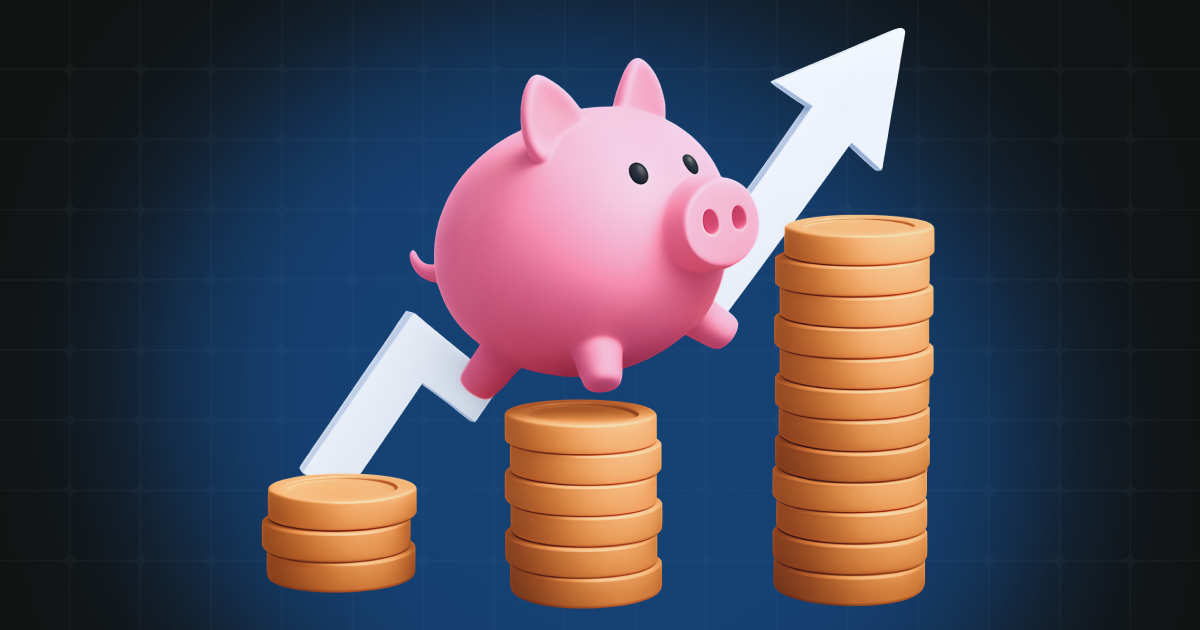


The abundance of terms available on the financial market is as scary as it is confusing for the average, uninitiated trader seeking to start making a fortune on their assets. The knowledge of a starting trader who was used to the cozy and familiar confines of the checkout at the local grocery store will turn into a wild rollercoaster ride the moment they step into the crazy world of financial instruments. But the financial devil is not as terrifying as he is made out to be.
Orders, derivatives, contracts, futures, shorts, stops and so on are the terms that threaten starting traders to to shatter dreams and haunt their nightmares, drenching their backs with cold sweat at the sight of ominous Japanese Candles and convoluted geometrical figures on frightening charts. But it is not that horrifying as the theory of virtually every single financial instrument is tightly knit into the fabric of everyday life. The simplest and most common instrument that every single person who has ever watched even a moment of financial news has heard of is the basic derivative.
The derivative is just a fancy name for a contract relying its value on a large variety of instruments on the financial market that are better known as stocks, bonds, commodities, currencies, interest rates and other variables. In fact, there are derivatives on virtually anything imaginable and a very simple example can be betting, where the profit of one party to the contract is placed on the outcome of a certain event.
The history of derivative contracts goes back to ancient times. The instrument has come a long way since its primitive form as a verbal agreement between merchants seeking to attract funding for their adventures. One of the oldest known examples is that of Babylonian merchants who concluded risk sharing agreements and received loans for their caravans. The loans could be repaid if the goods were successfully delivered and sold in distant lands. The Templars used a further development of loans as they used to give money to pilgrims traveling to the Holy Land and would later charge interest on the funds. The Conquistadors were no better, as they signed futures contracts with the Spanish Crown and wealthy Spaniards for their ventures into the New World, where the booty and plunder pilfered from the hapless natives would serve as the payoff. The first modern derivative contracts appeared on the London Stock Exchange in the 1830s, and the United States entered them into practice in the 1850s.
Derivatives, mostly the swaps, served as the reason for the 2008 mortgage crisis in the United States as the involvement of counterparty risks simply spiraled out of control.
In the cryptocurrency world, the first derivatives were issued on BTC as Bitcoin futures and options are successfully traded on the Chicago Mercantile Exchange (CME Group), the Chicago Board Options Exchange (CBOE), as well as on a number of cryptocurrency exchanges, in particular, on Binance, BitMex, BitFinex, OKCoin and others.
There are a number of types of derivatives that are available to traders. Most of them operate on the same principles with several differences that are tailored to specific requirements the traders put forward.

Futures Contracts
Futures contracts are some of the most common types of derivatives. A futures contract is an agreement between two parties for the purchase and delivery of some kind of asset at an agreed upon price at some date specified in the future. Futures are traded on exchanges as standardized forms. This type of derivative is usually used by traders to hedge risks or for speculation on prices of various assets. A classic example are speculations on the price of oil, gold or the price of the US dollar or British pound.
The expiration date of the delivery of the asset is not always the date of contract termination, since many derivatives are settled on cash. Basically, the gain or loss in trade is a positive or negative cash flow for the trader. Interest rate futures, stock index futures, and many more are also called cash settled contracts.
Forwards
Forward are the next important kind of derivative and are quite similar to futures, much like most other derivatives. Forward contracts are not traded on exchanges, but on OTC. Under a forward contract, the buyer and seller can customize the terms of the deal, its volume and the settlement process. Counterparty risks, or the risk that one of the parties will not be able to fulfill their obligations are inherent to futures. An important aspect of forwards is that more than two parties can be involved in the contract to offset the risks.
Swaps
Swaps are a derivative under which it is possible to swap one kind of cash flow with another. For example, it is possible to switch from a variable interest rate loan to a fixed interest rate loan, or vice versa. These are very popular for offsetting risks and are extremely useful when dealing with currencies.
Options
Options are agreements between two parties to buy or sell an asset at a predetermined future date for a specified price. Under this type of derivative, the buyer is not obligated to call the contract, while the seller has to either buy or sell the asset if the buyer chooses to exercise the contract. Hence the name. Options are commonly used for hedging or price speculation on assets.
The opinions of market specialists on derivatives vary diametrically as many herald them as the be-all of the market, while others blame them for excessive volatility and other market troubles. Derivatives do have their limitations as they are quite difficult to value. Since the price of derivatives is based on the price of assets, their value is subject to a variety of external factors. The risks for OTC derivatives include counterparty risks that are difficult to predict. The expiration time, the cost of holding the asset, and the interest rates are also factors that affect the value of derivatives. Matching the value of a derivative with the underlying asset is made difficult by this combination of factors. The supply and demand of a derivative can make its value to rise and fall in value even if all other factors, including the price of the asset are kept constant. And this is called speculation.
The most recent criticism was directed at Bitcoin futures, which have caused the value of Bitcoin to jump, but eventually failed to maintain its price in the plus in the long run. The call from every set of lips on the market was that Bitcoin was a bubble and its end was nigh. The failure of Bitcoin futures contracts to have any serious long term effect on the asset’s price can be attributed to the immense news background determining the price of such an asset, once again proving the limitations of derivatives on classical exchanges and their amalgamations on the crypto market.
Zennon Kapron, managing director of Shanghai-based consulting firm Kapronasia said “It is rare that you see something more volatile than Bitcoin, but we found it: Bitcoin futures.”
Since Bitcoin does not have any physical underlying assets, many experts on the market believe that the advent of futures contracts for Bitcoin is not good for the crypto market in the long run. The arrival of institutional investors is supposed to be the panacea the market is waiting for. The lack of any requirements on the ownership of Bitcoins on the part of the seller of the futures contract is considered to be the main drawback hampering the application of derivatives for such assets.
Those siding with the futures on Bitcoin claim that their arrival will help stabilize the market and provide better order execution, thus bringing a more civilized nature of trade to the entire market. Another important argument in favor of derivatives with crypto assets is the trust factor. Crypto enthusiasts are certain that the introduction of such instruments on regulated and reputable exchanges will help garner trust from institutional investors and attract them to the market of crypto assets, thus generating liquidity and minimizing volatility.
Trading is an art form, but there are plenty of techniques and ways of streamlining and smoothing out the learning curve necessary to becoming a true maître. MoonTrader will offer an abundance of instruments necessary for beginning traders to start making sense of the market and earning on their assets.
The world of finance and trading is not that scary if properly explained. In fact, most of the realities found in the world of trading are situations we encounter in daily life and have gotten used to. The situations simply acquire different titles and applications in the world of trading.
MoonTrader intends to offer its users a wide variety of instruments so they can start trading freely and safely on the market, and is determined to attract new participants by simplifying and minimizing the risks the trade of crypto derivatives can pose.
Register on for free:
Check us out on





















© 2024 MTSS Development OU, Estonia. All rights reserved.
Disclaimer: Moontrader is not a regulated entity. Trading involves substantial risks, and past performance is not indicative of future results. The profits shown in product screenshots are for illustrative purposes and may be exaggerated. Only engage in trading if you possess sufficient knowledge. Under no circumstances shall Moontrader accept any liability to any person or entity for (a) any loss or damage, in whole or in part, caused by, arising out of, or in connection with transactions involving our software or (b) any direct, indirect, special, consequential, or incidental damages. By using Moontrader's services, you acknowledge and accept the inherent risks involved in trading and agree to hold Moontrader harmless from any liabilities or losses incurred. It is essential to review and understand our Terms of Service and Risk Disclosure Policy before using our software or engaging in any trading activities. Please consult legal and financial professionals for personalized advice based on your specific circumstances.
All trademarks and copyrights belong to their respective owners. MoonTrader ecosystem is a registered trademark of MTSS Development OU, Estonia.